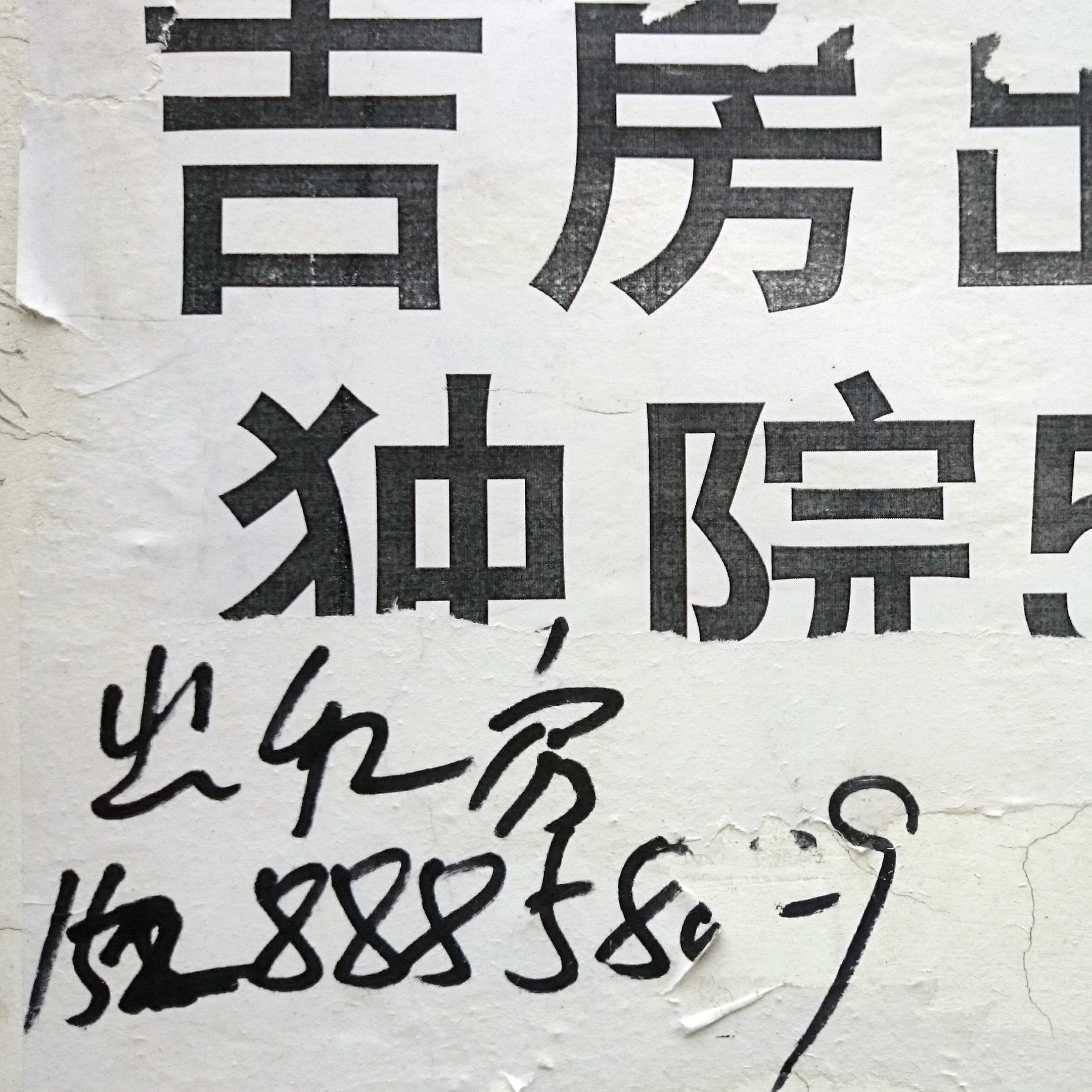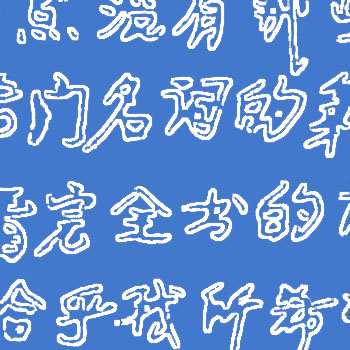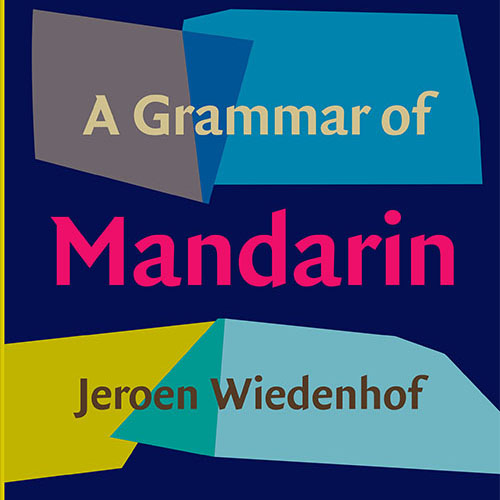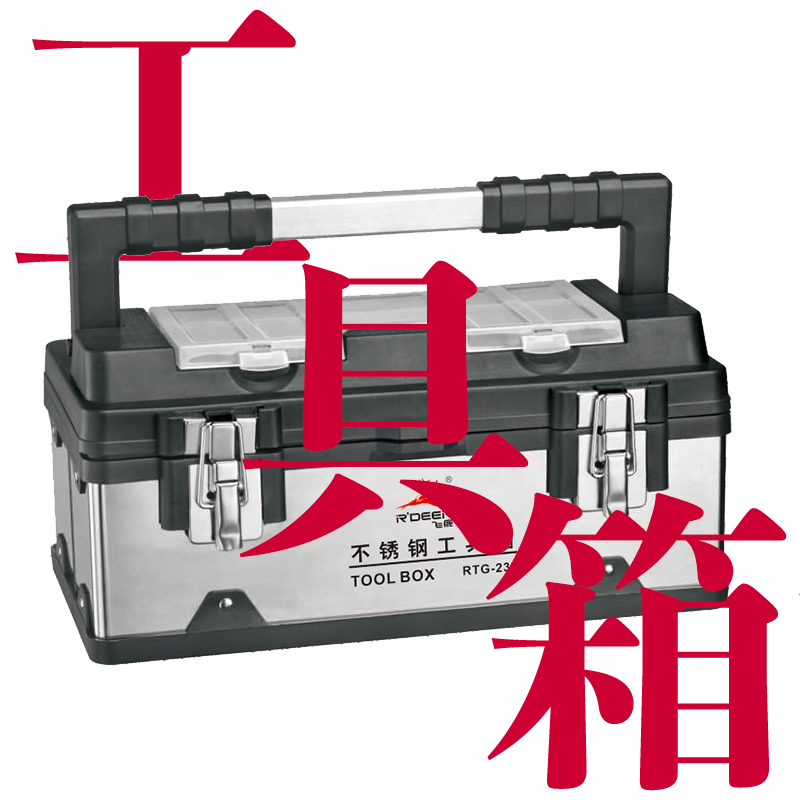Leiden Summer School in Languages and Linguistics 2024 |
Jeroen Wiedenhof |
Sinographics
Chinese writing & writing Chinese
Leiden Summer School in Languages and Linguistics 2024 |
Jeroen Wiedenhof |

Image source: Tien-Min, Liao / 廖恬敏 “From East to West: Mastering the craft |
Contents, objectives, materials, modes of instruction & requirements:
see the Course Fact Sheet
All other details are on the Leiden Summer School in Languages and Linguistics website

First week, 15-19 July 2024
session 1 • Intro: Setting the Scene
session 2 • Corresponding with Heaven: The early scribes
session 3 • Doing right by a script: The tools of lexicography
session 4 • Diamonds from Sand City: Dūnhuáng's linguistic treasures
session 5 • Excursion to Leiden University's Special Collections and Asian Library
 Intro: Setting the scene
Intro: Setting the sceneWriting is – in most definitions – connected with language. But if language travels through sound waves and writing is a visual medium, then how do these two domains interact?
Writing systems displays intricate and diverse ways of mapping the sounds and meanings of language to a visual format.
Once written down, some elements from speech are preserved and some are lost. And vice versa: the visual signal may transmit components from the spoken original, but also features which are absent in spoken form.
In this first session, we will explore how language comes to us through the Chinese script – and how fast such modes can change.
...and contact me for any questions
 Texts
Texts
趙元任 Yuen Ren Chao, 序 "Xù" [Preface]
In: 趙元任 Yuen Ren Chao, 中國話的文法 Zhōngguóhuà de wénfǎ [A grammar of spoken Chinese].
香港 Hong Kong: 中文大學出版社 Chinese University Press, 1980, frontispiece.
Translation of Yuen Ren Chao, A grammar of spoken Chinese.
Berkeley: University of California Press, 1968. Translated by 丁邦新 Pang-Hsin Ting.
Chao's 序 will be handed out and introduced in class. For this text, no preparation is needed.

"The Chinese script"
= Chapter 12 of Jeroen Wiedenhof, A grammar of Mandarin,
Amsterdam: John Benjamins, 2015
Availability at Leiden:
- from the Asian Library, on the linguistics handbooks shelves;
- as an e-book, through the University Library catalogue

Linguistics in general
- Crystal, David, The Cambridge encyclopedia of language. Cambridge: Cambridge University Press, 1987, third edition 2010.
- Matthews, P.H., Concise Oxford Dictionary of Linguistics. New York: Oxford University Press, 1998 and later editions.
- SIL Glossary of linguistic terms
Chinese linguistics
- Dong, Hongyuan, A history of the Chinese language. Abingdon: Routledge, 2014, second edition 2021.
- Norman, Jerry, Chinese. Cambridge: Cambridge University Press, 1988.
- Wiedenhof, Jeroen, A grammar of Mandarin. Amsterdam: John Benjamins, 2015.
Writing & scripts in general
- Daniels, Peter T., and William Bright, The world’s writing systems. Oxford: Oxford University Press, 1996.
- Omniglot / Alphabets & writing systems. Omniglot, the online encyclopedia of writing systems and languages, 2022.
Chinese writing & writing Chinese
- Behr, Wolfgang, “In the interstices of representation: Ludic writing and the locus of polysemy in the Chinese sign”, in: The idea of writing: Play and complexity. Leiden & Boston: Brill, 2010, pp. 281-314.
- Boltz, William G., The origin and early development of the Chinese writing system. New Haven: American Oriental Society, 1994.
- Erbaugh, Mary S., Difficult characters: Interdisciplinary studies of Chinese and Japanese writing. Pathways to Advanced Skills Series, Volume VI. Columbus: National East Asian Language Resource Center, Ohio State University, 2002.
- Galambos, Imre, Orthography of early Chinese writing: Evidence from newly excavated manuscripts. Budapest, Department Of East Asian Studies, Eötvös Loránd University, 2006.
- Handel, Zev, “Can a logographic script be simplified? Lessons from the 20th century Chinese writing reform informed by recent psycholinguistic research”. Scripta, Volume 5, 2013, pp. 21-66.
- Handel, Zev, Sinography: The borrowing and adaptation of the Chinese script. Leiden: Brill, 2019.
- Kraus, Richard Kurt, Brushes with power. Berkeley: University of California Press, 1991.
- Lunde, Ken, CJKV information processing. Sebastopol: O’Reilly, 1999.
- McCawley, James D., The eater’s guide to Chinese characters. Chicago: University of Chicago Press, 1984.
- Qiu, Xigui / 裘锡圭 [Qiú Xīguī], Chinese writing / 文字學概要, translated by Gilbert L. Mattos en Jerry Norman on the basis of two Chinese text editions: 北京 Peking: 商务印书馆 Shāngwù Yìnshūguǎn 1988 and 台北 Taipei: 萬卷樓 Wànjuànlóu 1994. Berkeley: The Society for Study of Ancient China and The Institute of East Asian Studies, University of California, 2000.
- Unger, J. Marshall, Chinese characters and the myth of disembodied meaning. Honolulu: University of Hawai‘i Press, 2004.
- Zhou, Youguang / 周有光 [Zhōu Yǒuguāng], The historical evolution of Chinese languages and scripts / 中国语文的时代演进, bilingual edition, English translation by Zhang Liqing / 张立青 [Zhāng Lìqīng]. Ohio State University: National East Asian Languages Resource Center, 2003.

Databases
- 汉典
- 國際電腦漢字及異體字知識庫 / International Encoded Han Character and Variants Database.
- 汉字全息资源应用系统
Chinese Etymology / 字源
- 小學堂文字學資料庫
- 宋代墓志铭数据库 / China Stone Inscription Database – login @Leiden University Libraries
- zi.tools / 字統网 /
Journals
Journal of Chinese Writing Systems – login @Leiden University Libraries
- SCRIPTA: An International Journal of Codicology and Palaeography
Traditional texts online
- Scripta Sinica / 漢籍全文資料庫 – login @Leiden University Libraries
- 《說文解字》 @ Chinese Text Project (a.k.a. ctext.org)
- 《康熙字典》 網上版